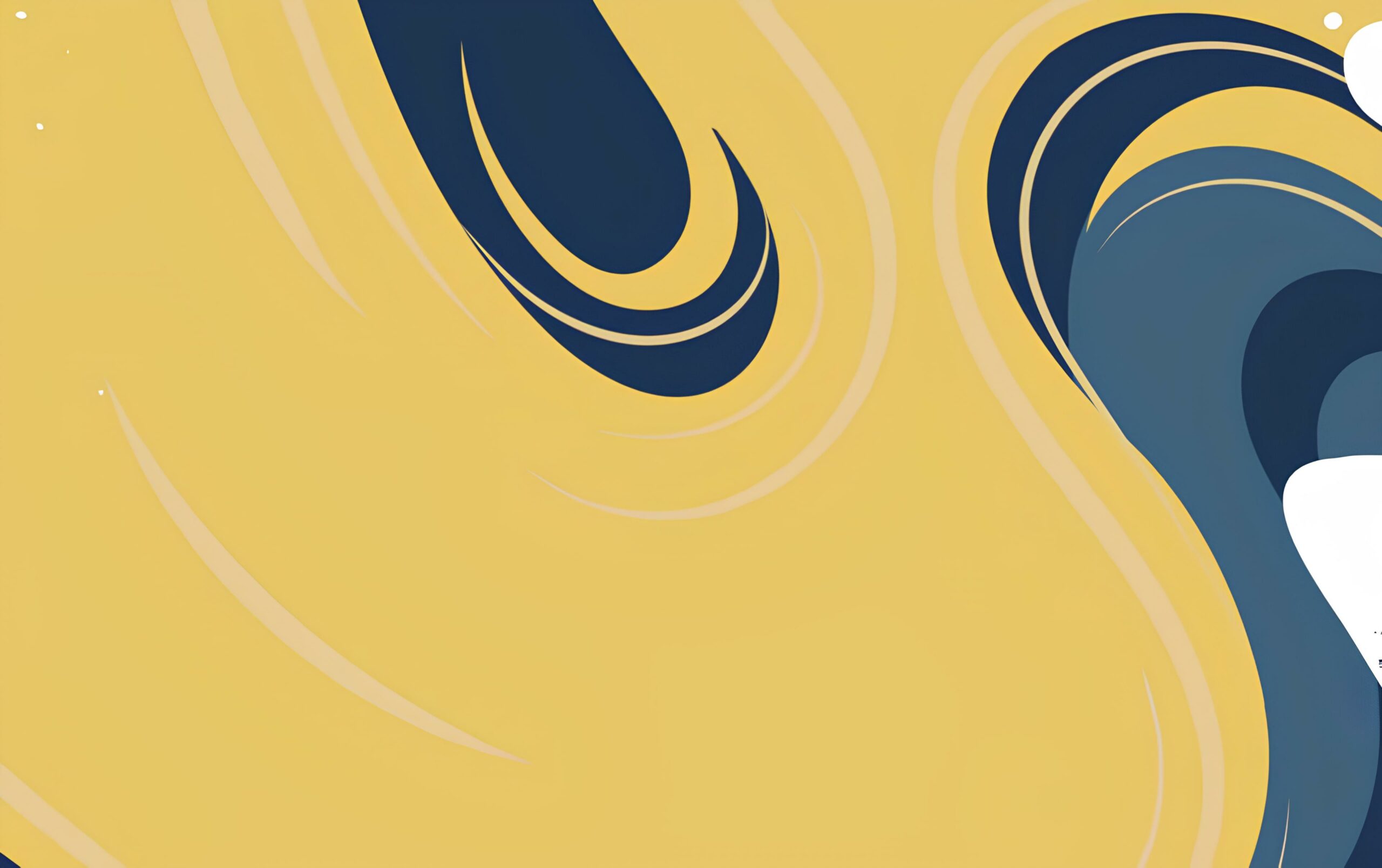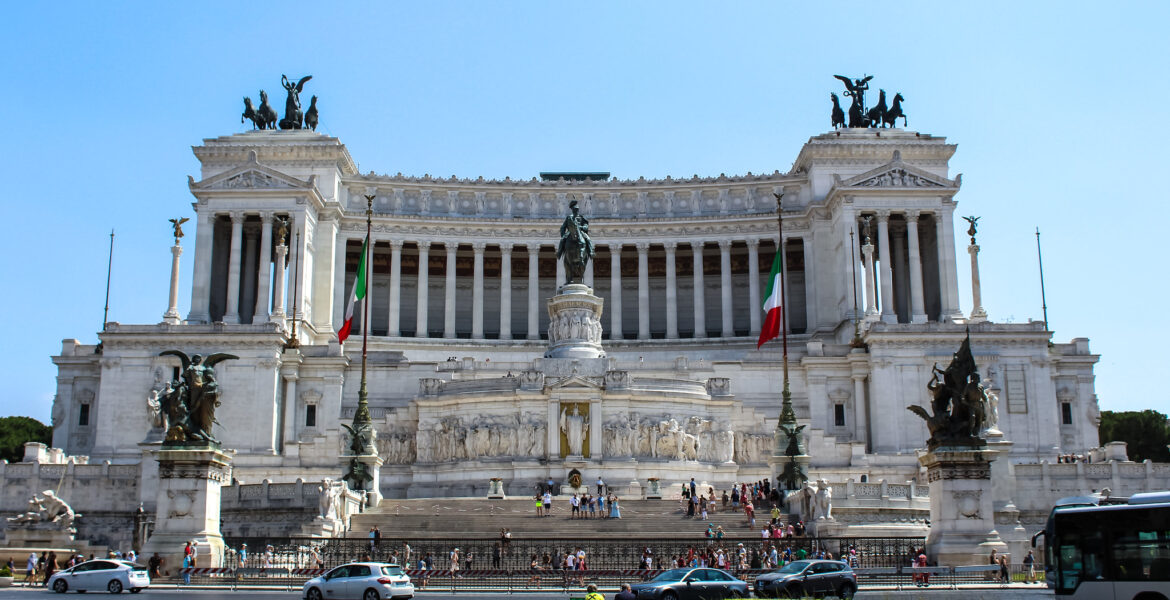
Rome
It is said that a city can also be described through its panorama, colours, perfumes, objects, or even an idea. It is precisely those nuances, intangible and temporary, that sometimes turn into unforgettable memories.

Over the centuries, the magic of Rome has been masterly told by poets and writers and wonderfully depicted in the works of great artists. Eternal and mysterious, the Capital envelops those who arrive in a pleasant “sickness of Rome” that does not abandon. It is no coincidence that millions of tourists hurry to throw a coin into the Trevi Fountain with the hope of returning to visit it: because in Rome, remembering Goethe’s words, everything is as we imagined it, and everything is new.
If you don’t know it yet, or if you want to return to immerse yourself in its charm, here, we try to briefly describe its profile, soul, and colours.
Legend has it that the birth of Rome is due to Romulus and Remus, the twin sons of Rhea Silvia and the god Mars, abandoned and nursed by a She-wolf and finally adopted by the shepherd Faustolo and Acca Larentia, his wife. Once they grew up, the twins decided to found a city: to determine who should govern, they entrusted themselves to the will of the gods through the flight of augural birds. From the Aventine Hill, Remus saw six vultures, while Romulus, from the Palatine, sighted twelve, becoming the first King of Rome in 753 BC.
From the Palatine Hill, the city would extend over the seven hills we all know: Palatine, Aventine, Campidoglio, Quirinale, Viminale, Esquilino and Celio. Rome awaits you!
This is how the river god was called in the poems of ancient Rome, a god to whom respect and love were owed. But the Tiber was above all a real road over water with large ports developed since Roman times, definitively demolished in the second half of the 19th century with the construction of the docks to free the city from continuous floods.
Today, direct contact with the river has been lost. However, love, respect, and the awareness of its fundamental role in the birth and development of the city remain. Not to mention the views of incredible beauty from the many historic bridges, such as Ponte Sisto, Ponte Sant’Angelo, or Ponte Fabricio, it gives us.
The imposing monuments, the hundreds of churches, and the spectacular fountains of Rome outline its incredible profile and make it the city with the highest concentration of historical, archaeological, and architectural heritage in the world, with over 16% of the world’s cultural heritage and the 70% of the Italian ones.
Its historic center, delimited by the perimeter of the Aurelian Walls, is an overlapping of almost three millennia testimonies. In 1980, with the Basilica of San Paolo outside the Walls and the extraterritorial properties of the Holy See inside the city, it was included in the list of UNESCO World Heritage Sites.
Heart of Catholic Christianity, Rome is the only city in the world to host a foreign state, the enclave of the Vatican City: for this reason, it is often referred to as the “Capital of two States.”
They are unmissable and, absolutely, you cannot miss them during your first visit to the Eternal City.
The Colosseum
The Pantheon
The Roman Forum and the Palatine Hill
The Trevi Fountain
Navona Square
But do not forget all the others! Browse through the pages of Turismoroma to create your tailor-made trip.
Rome is one of the greenest cities in Europe, a treasure trove of art dotted with parks and gardens, rich in lush vegetation and embellished with archaeological remains, sculptures, ponds, fountains, and splendid villas. Delightful green spaces, making Rome a city for all seasons: from magnificent blooms in spring to romantic foliage in autumn, from regenerating walks in winter to pleasant relaxation in summer.
In addition to the historic residences of the most prominent noble families such as Villa Borghese, Villa Doria Pamphilj, Villa Ada Savoia, and Villa Torlonia, Rome holds actual green lungs of historical, archaeological, and natural interest, such as the immense Appia Antica Regional Park. It also has ancient and suggestive panoramic points over the city, such as the Orange Garden, the Pincio, and the Janiculum Hill.
All useful information
Here, you find the helpful information to visit Rome easily, experiencing everything the city offers to the fullest: from tourist-cultural cards to tourist information services, from access methods to places of culture and outdoors to how to get around by public transport and in safety.
Roma Pass
Tourist InfoPoints
Contact center
Rome for everybody
Newsletter
Wi-Fi in Rome
P.Stop
Map of Rome
Useful Links
- © Copyright 2024 Bingham Cup. All Rights Reserved.
- Developed with 💙 by
- InTouchDesign
